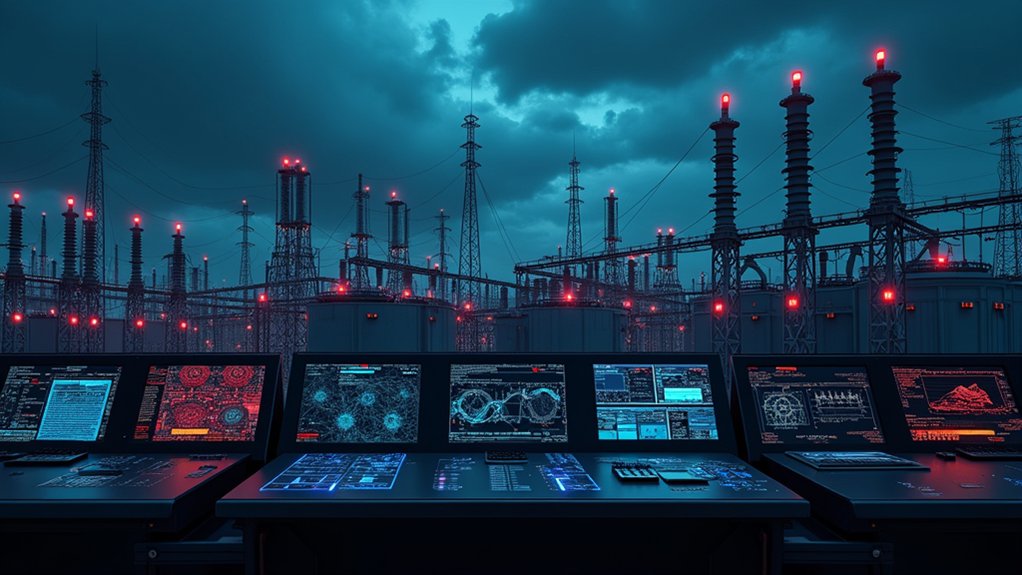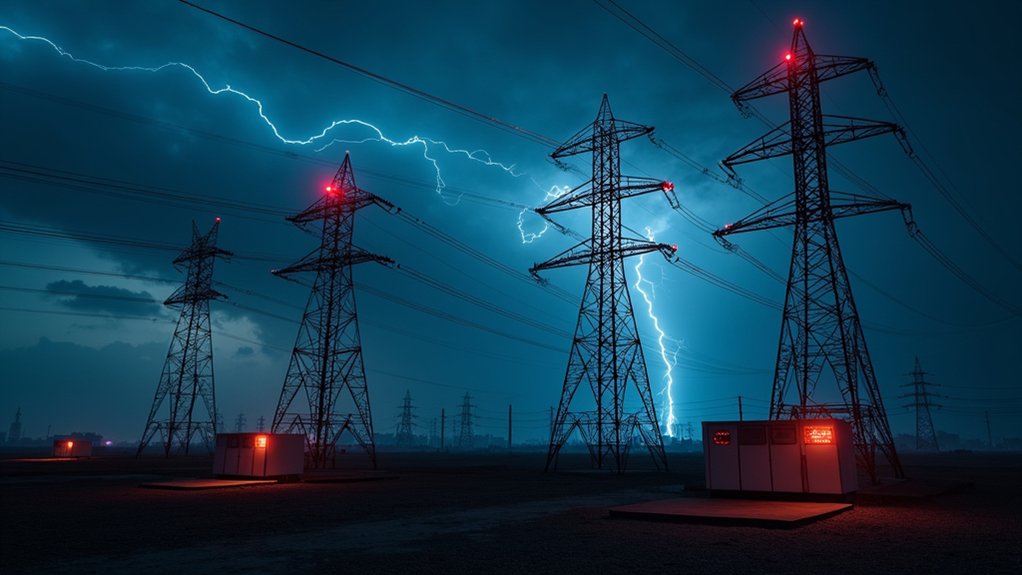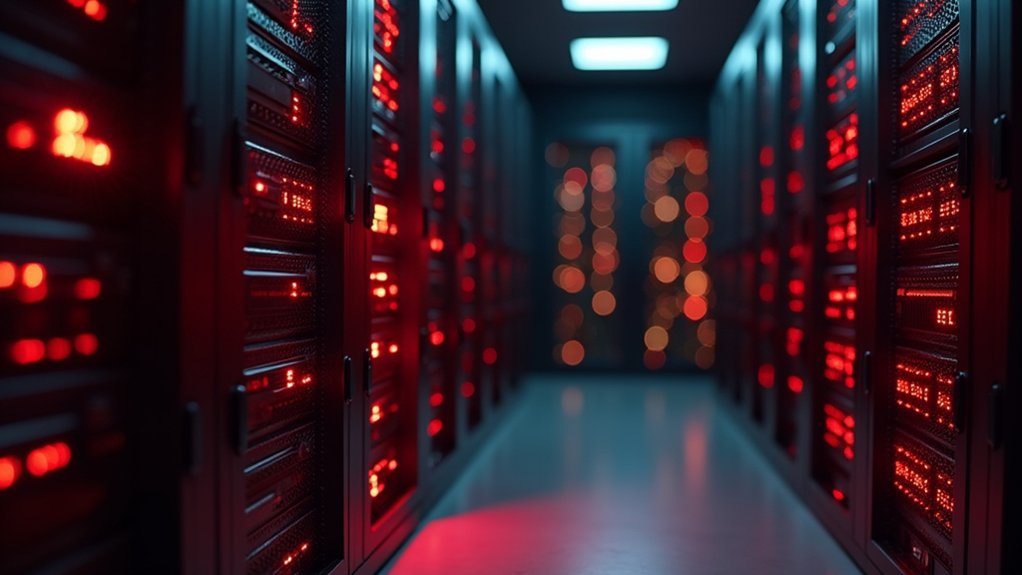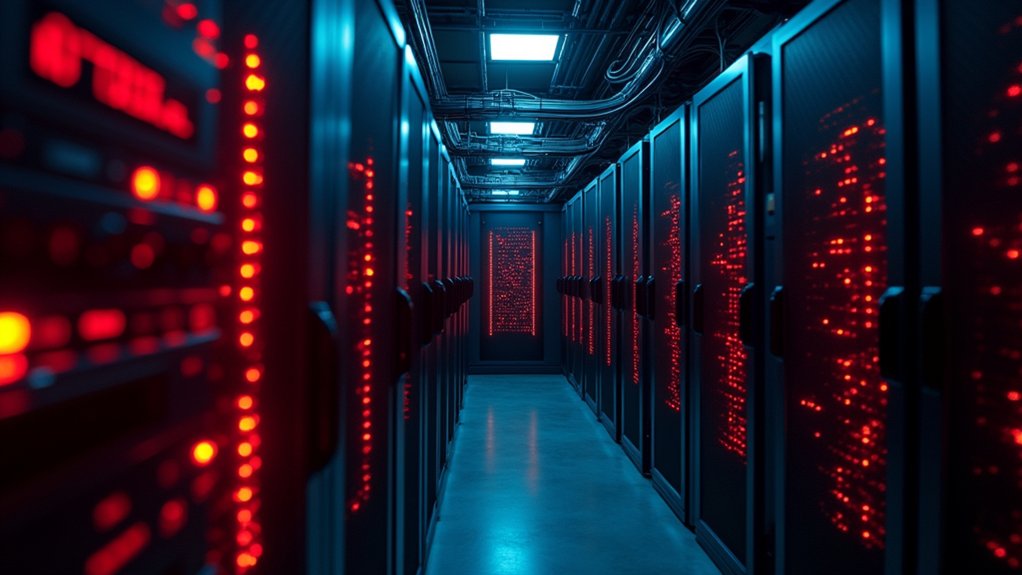As tensions between the United States and Iran continue to escalate, cybersecurity experts are raising urgent concerns about the increasing vulnerability of American critical infrastructure to Iranian-sponsored cyberattacks. The Islamic Guard Corps (IRGC)-linked cyber groups have demonstrated their capability to penetrate crucial systems, with recent intrusions revealing alarming security deficiencies across multiple sectors.
CyberAv3ngers, an Iranian-linked group, successfully infiltrated numerous US water systems by exploiting default passwords on programmable logic controllers (PLCs). This breach highlights a fundamental weakness in critical infrastructure cybersecurity, where basic security protocols remain inadequately implemented.
Iranian actors have deployed custom malware designed to remotely control water and fuel management systems in both the United States and Israel, demonstrating sophisticated targeting of vital services. Water treatment and distribution systems have emerged as primary targets, with documented intrusions into PLCs controlling these utilities.
Fuel management and distribution infrastructures have likewise been compromised through Iranian malware campaigns, whereas energy, transportation, and communications sectors face heightened risk. The exploitation of smaller, less protected entities provides Iranian hackers with multiple access points into critical systems, elevating their potential reach.
US authorities have responded by placing a $10 million bounty for intelligence on Iran-linked hackers involved in industrial control system malware campaigns. The Treasury Department has imposed sanctions on six IRGC officials to prevent US individuals and entities from conducting transactions with the designated cyber operatives. Meanwhile, Iran has slowed domestic internet access to prevent counter-cyberattacks, signaling active cyber conflict escalation.
In light of these concerning developments, no highly disruptive or destructive incidents have materialized in US critical infrastructure to date. Iranian cyber attack techniques rely heavily on poor cyber hygiene in US utilities, with default passwords and inadequate security measures providing initial network breaches. Iranian operations have primarily been confined regionally to the Middle East, though recent escalations may prompt expansion of their targeting scope.
The deployment of custom malware capable of remote control over industrial control systems represents a key Iranian tactic, whereas social media platforms like Telegram are utilized to publicize intrusions and project capabilities.
Although past Iranian attacks have lacked full destructive impact, the persistent cyber espionage campaigns suggest preparation for future operations. Israeli and US security agencies remain on high alert, issuing warnings to American companies about potential attacks aimed at causing operational disruption or data compromise.









